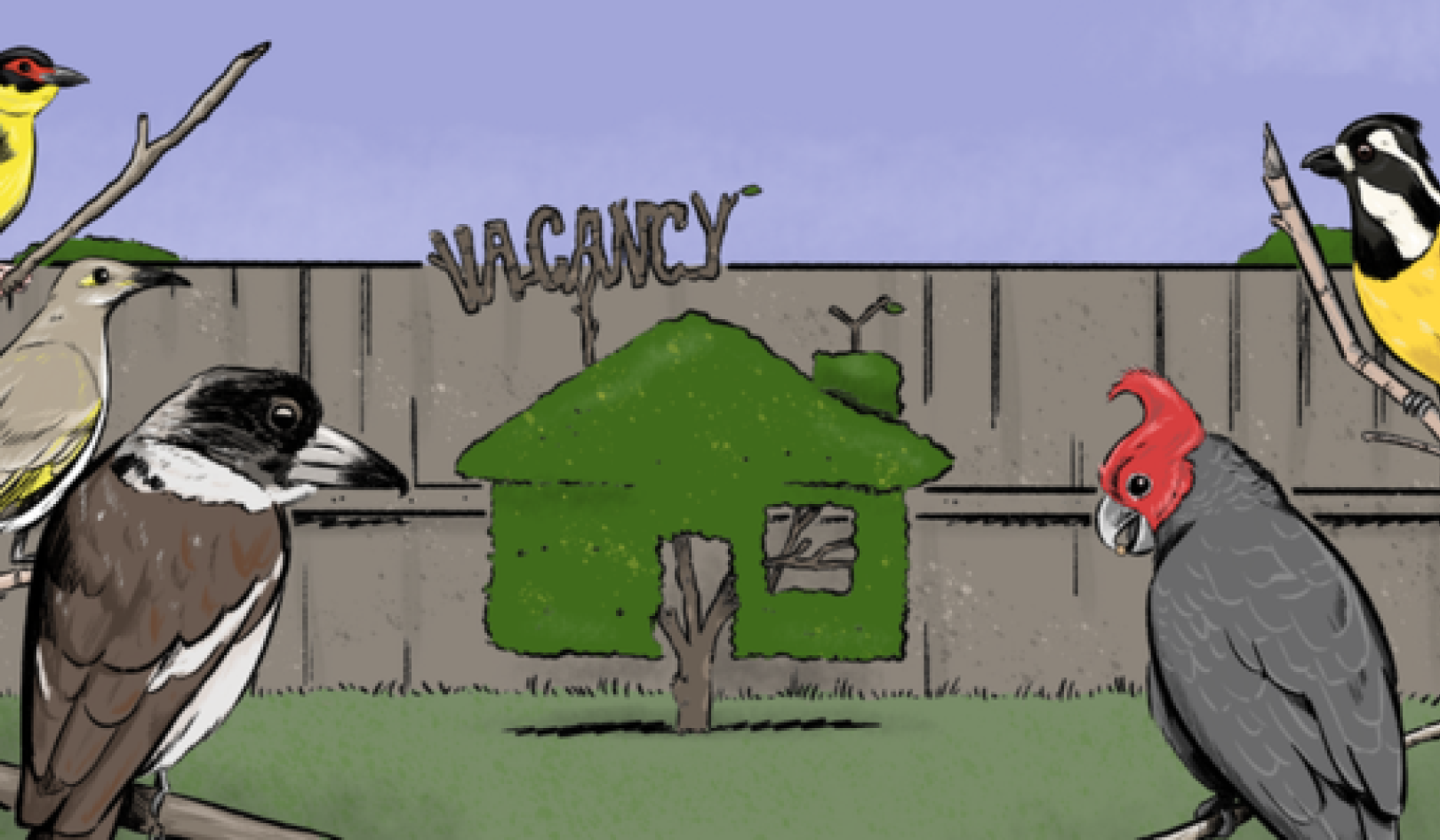
Photograph of Ernest Hemingway when he married Hadley, the first of his four wives. Included in photo are siblings Carol, Marcelline, Hadley, Ernest, his mother Grace, Les, and father C. E. Hemingway.
It started when an American academic noticed how frequently the acknowledgements sections of weighty academic tomes featured a male author thanking his nameless wife for typing. ![]()
The academic, Bruce Holsigner, began sharing the screenshots on Twitter under the hashtag #ThanksforTyping.
And the response was stupendous. As the screenshots flooded in, a veritable army of unpaid women suddenly became visible. Not only were they typing, and retyping, but translating and editing and – um – doing the actual research.
Of course #ThanksForTyping is not a practice that’s confined to academics. A considerable portion of the western canon is built on the unpaid labour of women. So here’s my top ten list of the male writers who thanked – or failed to thank – their long-suffering wives.
1) Leo Tolstoy
 Sophia Tolstaya not only gave birth to Leo’s 13 children, she also published his books and took care of the family’s financial interests. She acted as her husband’s secretary, famously copying out War and Peace – including multiple revisions – seven times.
Sophia Tolstaya not only gave birth to Leo’s 13 children, she also published his books and took care of the family’s financial interests. She acted as her husband’s secretary, famously copying out War and Peace – including multiple revisions – seven times.
In the age before the typewriter, the writing was all done by hand. Leo, as scholars have established, was a lot less than grateful. At age 82, following the legendary act of renunciation in which Leo gave away significant amounts of the couple’s property to roam the country with a begging bowl, his family was left impoverished.
2) Fyodor Dostoyevsky
 Anna Grigoryevna in the 1880s. Wikimedia Commons
Anna Grigoryevna in the 1880s. Wikimedia Commons
Stenography, or writing in shorthand, was a popular occupation for writer’s wives. In 1866, Fyodor Dostoyevsky employed a stenographer named Anna Grigoryevna to help him finish his novel The Gambler, for which he had signed a risky contract. If he did not deliver by November his publisher F. T. Stellovsky would acquire the right to publish Dostoyevsky’s works for a further nine years without any compensation.
Fyodor dictated The Gambler, and Anna wrote it down in shorthand, then copied it out neatly. Fyodor proposed to Anna within eight weeks, and married her two months later. Anna took over her husband’s financial affairs, made Fyodor give up gambling, and stopped him from signing further dodgy contracts.
3) T.S. Eliot

Thomas Stearns ('T.S.') Eliot with his sister and his cousin.
As well as being the most influential poet of his time, T.S. Eliot was a director of Faber & Faber, in which capacity he employed a typist named Esme Valerie Fletcher as his assistant.
Towards the end of 1956, the 68-year-old poet proposed marriage. He wrote the poem A Dedication to My Wife, which is filled with lines like “To whom I owe the leaping delight” and other adoring phrases which are almost un-Eliot-like in their warmth and sentimentality.
After his death, Valerie became the editor and annotator of Eliot’s works.
4) Vladimir Nabokov

Vera Nabokov in 1969. Giuseppe Pino, Wikimedia Commons, CC BY
Nabokov’s wife, Vera, was her husband’s sternest critic and biggest fan. Vera acted as his typist, editor and literary agent, and did all the driving.
Vera was vigilant in making Vladimir rewrite his fastidious prose if it wasn’t up to scratch. There’s also a story that she saved Lolita from the flames, when the manuscript was abandoned in a bout of frustrated rage.
5) William Wordsworth
 Image of Dorothy Wordsworth retrieved from David Rannie's 1907 biography of William Wordsworth.
Image of Dorothy Wordsworth retrieved from David Rannie's 1907 biography of William Wordsworth.
Not only did William Wordsworth’s sister Dorothy produce the fair copies of her brother’s work, but his wife and sister-in-law also helped out with the transcribing.
Rumour has it that Dorothy did far more than simply transcribe: she also acted as his literary executor after his death, and edited his unpublished works.
6) F. Scott Fitzgerald

Fitzgerald was more indebted to his wife Zelda than he ever let on. As Zelda scathingly announced, after the publication of This Side of Paradise:
I recognize a portion of an old diary of mine which mysteriously disappeared shortly after my marriage, and also scraps of letters which, though considerably edited, sound to me vaguely familiar. In fact, Mr. Fitzgerald—I believe that is how he spells his name—seems to believe that plagiarism begins at home.
In a recently published book The Subversive Art of Zelda Fitzgerald, by my colleague Deborah Pike, you can finally read some of these stolen passages and their sources side by side.
7) “Willy” aka Henry Gauthier-Villars
 The French novelist Colette, 1890. Wikimedia Commons
The French novelist Colette, 1890. Wikimedia Commons
“Willy” was the pen name of the once famous but now forgotten writer Henry Gauthier-Villars, a tremendously successful self-promoter and author of 50 novels penned by a stable of ghostwriters, including his wife.
The apocryphal story goes that Henry would go so far as to lock his wife in a room until she had produced the desired quantity of prose. One day his wife, deciding she had finally had enough, left.
She published the rest of her work under a surname you might recognize: Colette.
8) Peter Carey
Alison Summers was Peter Carey’s wife and editor for 20 years. She’s been thanked for a lot more than typing in all of Carey’s best known books, such as The True History of the Kelly Gang, where he thanks Summers for her “clear literary intelligence and flawless dramatic instinct”.
This all changed following their famously acrimonious divorce, after which Summers claimed she had been transformed into a minor character – described as the “Alimony Whore” – in Theft: A Love Story. Carey denied the link.
9) Mark Twain

Olivia Langdon (1845-1904), at about 24 years-old.
On a happier note, Samuel Clemens – better known as Mark Twain – met Olivia Langdon in 1867, and took her to a reading by Charles Dickens.
They married, and Olivia almost inevitably became her husband’s editor, assisting him with his books, and also with his journalism, until her death in 1904.
10) John Stuart Mill

Harriet Taylor Mill (née Harriet Hardy) (8 October 1807 – November 1858) was a philosopher and women's rights advocate. Her extant corpus of writing is very small, and she is largely remembered for her influence, which he said was very great, on her second husband, John Stuart Mill, one of the pre-eminent thinkers of the 19th century, Painting given to the National Portrait Gallery, London in 1982.
Of course, if you want to thank your wife, and do the job properly, there’s no better example than John Stuart Mill. His effusive thanks to his wife Harriet is exemplary.
Mill wrote, in the dedication to On Liberty, that Harriet had been responsible for all of the “great thoughts” he ever had. More than a few churlish critics have taken issue with Mill’s claim, arguing that more than a few of these thoughts got published before John and Harriet even met.
A tale of one’s own
Of course, there have been times when the hard work has also run in the other direction. George Eliot’s portrait of Dorothea Brooke in Middlemarch, slaving away as an assistant for her strikingly untalented husband, Edward Casaubon, writing his unfinished book Key to All Mythologies, is not a portrait of her own relationship. Her soulmate George Henry Lewes never faltered in his admiration for his far more famous partner, and even, legend has it, went to fetch her library books.
Leonard Woolf, husband to Virginia, the author of A Room of One’s Own – perhaps the most famous argument for a space for women writers in a male dominated tradition - also gave up much to comfort his finally inconsolable wife. He took her on trips to Harley Street, and long cures in the country. As Virginia wrote in her fateful suicide note of 1941,
You have been entirely patient with me, and incredibly good … I don’t think two people could have been happier than we have been.
About the Author
Camilla Nelson, Associate Professor of Writing, University of Notre Dame Australia
This article was originally published on The Conversation. Read the original article.
Related Books
at

Thanks for visiting InnerSelf.com, where there are 20,000+ life-altering articles promoting "New Attitudes and New Possibilities." All articles are translated into 30+ languages. Subscribe to InnerSelf Magazine, published weekly, and Marie T Russell's Daily Inspiration. InnerSelf Magazine has been published since 1985.

Thanks for visiting InnerSelf.com, where there are 20,000+ life-altering articles promoting "New Attitudes and New Possibilities." All articles are translated into 30+ languages. Subscribe to InnerSelf Magazine, published weekly, and Marie T Russell's Daily Inspiration. InnerSelf Magazine has been published since 1985.

























